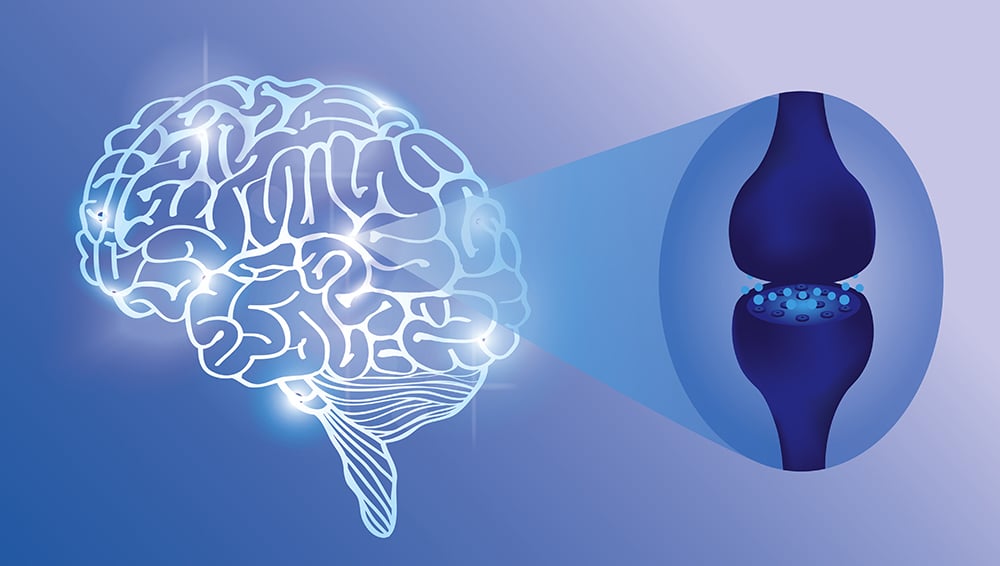Uncategorized
What Do Cannabinoid Receptors Do?
Whether you ingest cannabis for medical benefits or pleasure, you might find yourself wondering, how does this plant work? The answer: cannabinoid receptors. Because of these receptors, molecules in cannabis called “cannabinoids” are able to affect the human body. Altogether, the cannabinoid receptors in your body make up your endocannabinoid system.
Researchers are actively exploring cannabinoids, cannabinoid receptors, and the endocannabinoid system to figure out exactly how they operate. Although there’s a lot left to learn, experts do have a basic understanding of what occurs when people ingest cannabis.
What Are Cannabinoids?
Cannabinoids are chemical compounds present in cannabis and the human body. The cannabinoids found in cannabis plants are called phytocannabinoids. Endogenous cannabinoids are those produced by humans.
Because both endogenous and phytocannabinoids are similarly shaped molecules, they fit on the same receptors located throughout the human body. Researchers have also figured out how to create cannabinoids in a lab. These are called synthetic cannabinoids.

So far, researchers have identified 113 unique phytocannabinoids in the cannabis plant. Here are some of the most well-studied cannabinoids:
- THC (Tetrahydrocannabinol)
- CBD (Cannabidiol)
- CBG (Cannabigerol)
- CBN (Cannabinol)
- CBC (Cannabichromene)
THC and CBD are by far the most well-known and well-understood cannabinoids. The psychoactive effect of cannabis is known for comes from THC. CBD tends to relax people and can be used to treat multiple illnesses, such as epilepsy, Multiple Sclerosis, and mental health disorders. Both THC and CBD have been found to help with eating disorders, illnesses causing chronic pain, and more.
The remaining 111 cannabinoids are present in cannabis in lower amounts than THC and CBD. They also aren’t entirely understood, but experts think many of them have medical value.
Researchers also believe that other cannabinoids influence the way THC and CBD impact the body. This phenomenon is called the “entourage effect.” The entourage effect also occurs with THC and CBD. Ingesting cannabis high in both cannabinoids will produce a different result because of the effect each cannabinoid has on the other.
What Are Cannabinoid Receptors?
Cannabinoids are where our knowledge of the endocannabinoid system began. Researchers studied the cannabis plant to determine why it affects humans the way it does. Once they found cannabinoids, they studied the human body to find out where these molecules were making a connection. That quest led them to a network of cannabinoid receptors, now called the endocannabinoid system.
Initially, researchers thought cannabinoid receptors were only present in the brain and nervous system. With further study, they found cannabinoid receptors are present in many parts of the body. There are two types of cannabinoid receptors:
- CB1
- CB2
CB1 receptors are primarily found in the brain and nervous system. They are also located in the eye and the reproductive systems of both men and women.
In contrast, the immune system is home to CB2 receptors. These receptors are also heavily present in the spleen. Studies suggest that cannabis acts on CB1 receptors to create mental, emotional, and psychoactive effects. Cannabis likely uses the CB2 receptors to create a calming, anti-inflammatory effect.
Why Does This Matter?
Understanding the chemistry behind your cannabis can help you choose the right products for you. Each individual’s cannabinoid receptors create a different effect in the presence of cannabis. As you experiment with cannabis containing different concentrations and ratios of cannabinoids THC and CBD, you’ll learn which products work best to create the effect you desire.

